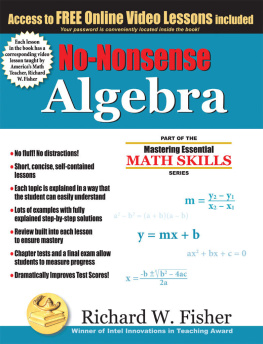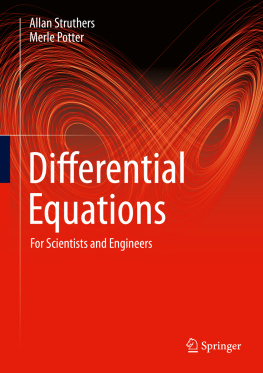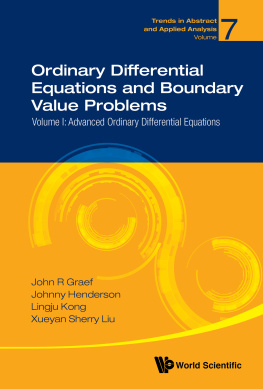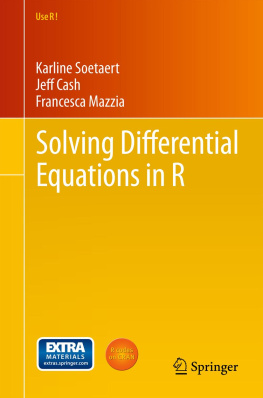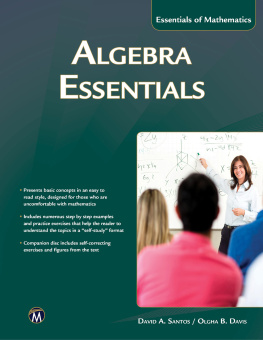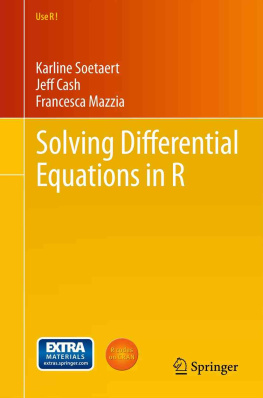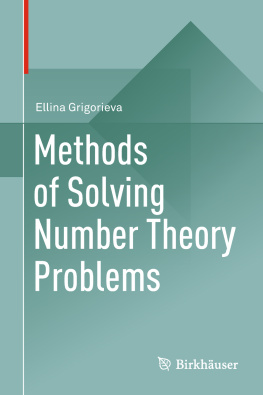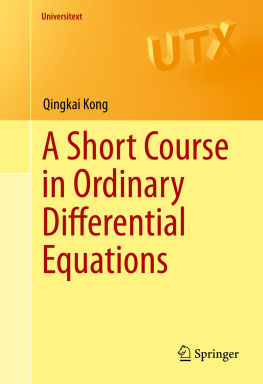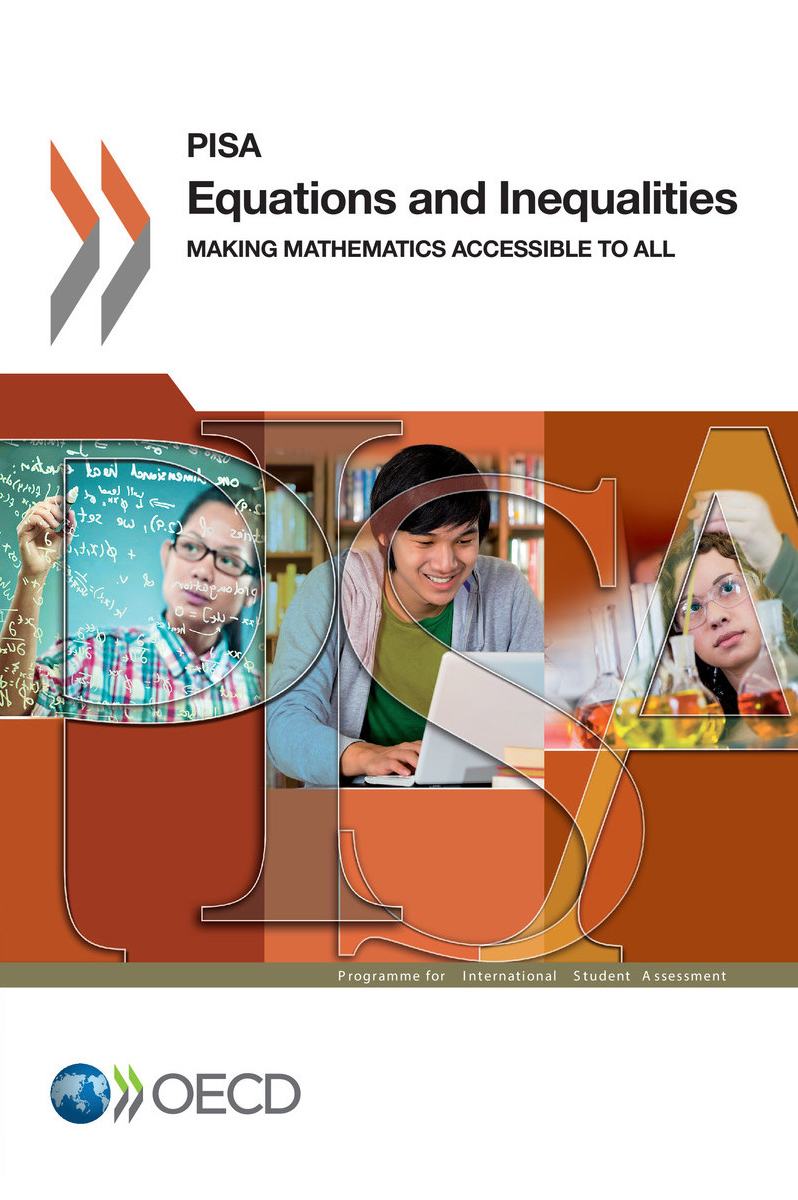Nous exprimentons ce nouveau format pour nos publications. En effet, mme si lePub est formidable pour des livres composs de texte linaire, le lecteur peut tre confront quelques dysfonctionnements avec les publications comportant des tableaux et des graphiques tout dpend du type de support de lecture que vous utilisez.
Comme ce format est encore en version bta, nous aimerions recevoir vos impressions et remarques sur votre exprience de lecture, bonne ou autre, pour que nous puissions lamliorer lavenir. Dans votre message, merci de bien vouloir nous indiquer prcisment quel appareil et quel systme dexploitation vous avez utilis ainsi que le titre de la publication concerne. Vous pouvez adresser vos remarques ladresse suivante :
OECD e-PUB editions - BETA VERSION
Congratulations and thank-you for downloading one of our brand-new ePub-in-beta editions.
We're experimenting with this new format and, while ePub is fantastic for books with linear text, for books with charts, tables and graphs weve found some things may not work perfectly it depends on the device youre using.
So, for an optimal reading experience, we recommend:
- Using the latest version of your devices operating system.
- Reading in portrait mode.
- If large tables are tricky to read, try reducing the text size.
As this is an ePub-in-beta edition, we would be glad to receive feedback on your reading experience, good or otherwise, so we can improve for the future. When writing, please let us know which device/operating system you were using and the title of the publication. Write to:
Thank you!
PISA
Equations and Inequalities Making Mathematics Accessible to All
Please cite this publication as:
OECD (2016), Equations and Inequalities: Making Mathematics Accessible to All, PISA, OECD Publishing, Paris, http://dx.doi.org/10.1787/9789264258495-en.
Metadata, Legal and Rights
ISBN: 978-92-64-25934-8 (epub) - 978-92-64-25848-8 (print) - 978-92-64-25849-5 (pdf)
DOI: http://dx.doi.org/10.1787/9789264258495-en
Series: PISA
ISSN: 1990-8539 (print) - 1996-3777 (online)
This work is published under the responsibility of the Secretary-General of the OECD. The opinions expressed and arguments employed herein do not necessarily reflect the official views of OECD member countries.
This document and any map included herein are without prejudice to the status of or sovereignty over any territory, to the delimitation of international frontiers and boundaries and to the name of any territory, city or area.
The statistical data for Israel are supplied by and under the responsibility of the relevant Israeli authorities. The use of such data by the OECD is without prejudice to the status of the Golan Heights, East Jerusalem and Israeli settlements in the West Bank under the terms of international law.
Photo credits: Cover Flying Colours Ltd/Getty Images, Jacobs Stock Photography/Kzenon, khoa vu/Flickr/Getty Images, Mel Curtis/Corbis, Shutterstock/Kzenon, Simon Jarratt/Corbis.
Corrigenda to OECD publications may be found on line at: www.oecd.org/about/publishing/corrigenda.htm.
OECD 2016
You can copy, download or print OECD content for your own use, and you can include excerpts from OECD publications, databases and multimedia products in your own documents, presentations, blogs, websites and teaching materials, provided that suitable acknowledgement of OECD as source and copyright owner is given. All requests for public or commercial use and translation rights should be submitted to .
Foreword
PISA has long established that disadvantaged students tend to trail behind their privileged peers in their mathematics achievement even if the achievement gap varies widely across countries. But that left open the question: to what extent can teachers and schools do something about this?
The PISA report, Equations and Inequalities: Making Mathematics Accessible to All , sheds light on this. While education systems have generally done well in providing equitable access to the quantity of mathematics education in the sense that disadvantaged students spend about the same time in mathematics classes in school as their advantaged peers the data show large differences in the quality of learning experiences between social groups. These inequalities result in a waste of talent.
While disadvantaged students tend to learn simple facts and figures and are exposed to simple applied mathematics problems, their privileged counterparts experience mathematics instruction that help them think like a mathematician, develop deep conceptual understanding and advanced mathematical reasoning skills.
These differences matter, because greater exposure to pure mathematics tasks and concepts has a strong relationship with higher performance in PISA, and the data suggest that exposing all students to challenging problems and conceptual knowledge in mathematics classes can have a large impact on performance. In addition, the relationship between the content covered during mathematics instruction at school and the socio-economic profile of students and schools is stronger in countries that track students early into different study programmes, that have larger percentages of students in selective schools, and that transfer less-able students to other schools.
On the one hand, the findings from this report are disappointing, in the sense that they show that mathematics education often reinforces, rather than moderates, inequalities in education. On the other hand, they show that high-quality mathematics education, and thus education policy and practice, are an essential part of the solution to redressing social inequality. Policy makers can develop more ambitious and coherent mathematics standards that cover core mathematical ideas in depth, increase connections between topics and align instructional systems with these standards. They can also reduce tracking and stratification and/or moderate their effects. Teachers can help students acquire higher-order mathematics knowledge and skills by replacing routine tasks with challenging open problems, support positive attitudes towards mathematics, provide students with multiple opportunities to learn key concepts at different levels of difficulty, and offer tailored support to struggling students. Parents expectations and attitudes towards mathematics matter too. And we can all do much better in monitoring and analysing not just students learning outcomes, but students opportunity to learn.

Andreas Schleicher
Director for Education and Skills








